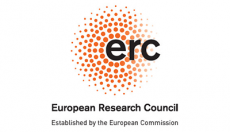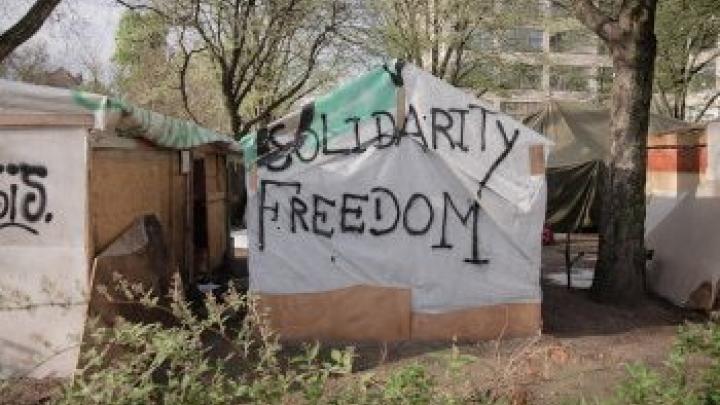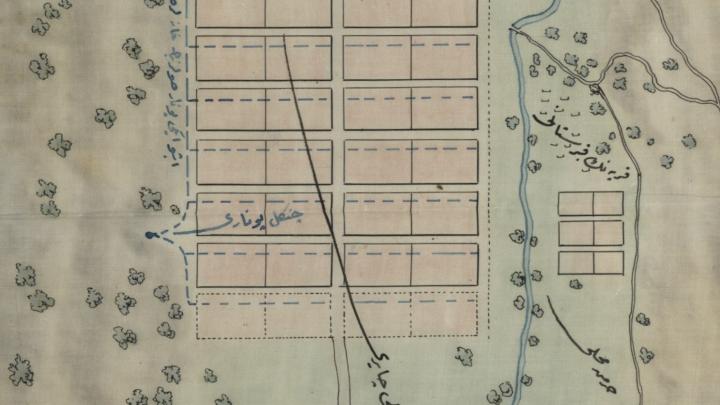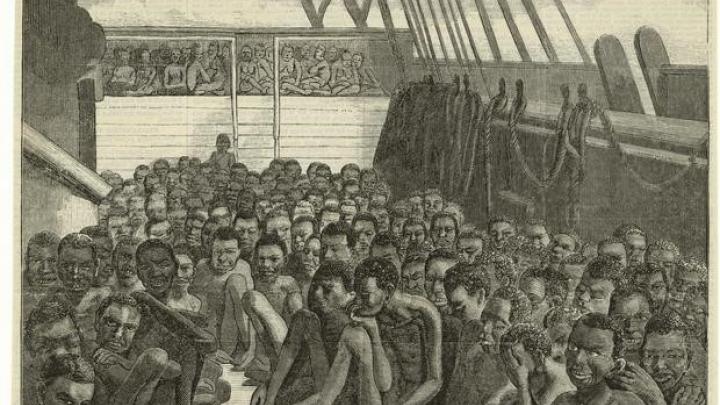The Subaltern Can Speak: Forced Migrants in Kenya’s Kalobeyei Settlement
Posted
Time to read
Guest post by Felicity Okoth. Felicity is a PhD Fellow and coordinator at the International Migration and Ethnic Relations Research Network- Bergen Norway.
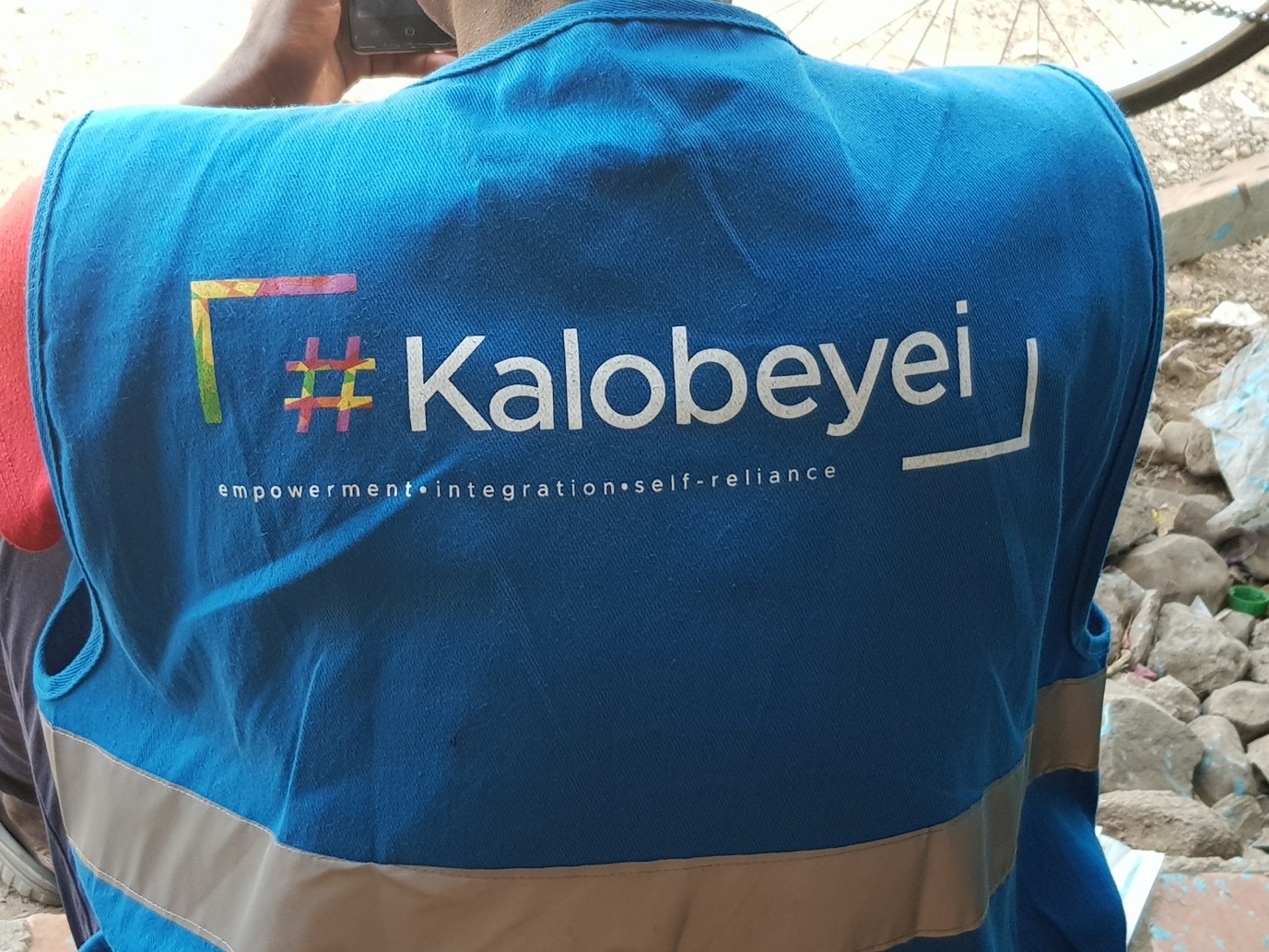
In this blogpost, I explore the agency of forced migrants in navigating European externalised borders, based on fieldwork in Kalobeyei Settlement - Kenya. My arguments draw from my chapter in the book Postcoloniality and Forced Migration where I argue that current migration from Africa to Europe is constituted by Europe’s colonial and postcolonial reality and is an extension of the same. I conceptualise postcolonialism as a period after colonialism, and as discourses, policies, and practices (presently adopted by Europe) that are influenced by colonialism. For instance, there currently exists a violent postcoloniality of contemporary Europe where many migrants from formerly colonised countries such as Senegal, Somalia, The Democratic Republic of Congo (DRC) have been rendered ‘illegal’ against the backdrop of stricter border controls that extend beyond Europe’s immediate borders. While efforts to create a fortress around Europe’s borders are intensifying, migrants from the global South (subalterns) are adopting strategies to bypass these extended controls.
Kalobeyei Settlement as an external EU border
Kalobeyei Settlement (managed by Kenya’s Department of Refugee Services (DRS) and the United Nations High Commissioner for Refugees-UNHCR) is largely funded by the European Union (EU) and its Member States to facilitate the ‘local integration’ of refugees. € 48.05 million from the EU Trust Fund for Africa (EUTF) allocated to Kenya, €14 777 700 has primarily gone towards these efforts. Kenya has, however, for a long time been considered a country of transit by forced migrants from the East and Horn of Africa with their aspirations often oriented towards moving to a third country in the global North through resettlement. In the recent past, however, refugee programming in Kenya has been oriented towards local integration. Local institutions (administrative bodies, schools, hospitals) are being facilitated with the means to offer long term services to refugees and host populations through direct funding and capacity building exercises. Both populations are also being equipped with livelihood skills to enable them to be self-reliant and peacefully coexist. Local integration is primarily being advanced by donors and development partners from the Global North contrasting with Kenya’s legal and policy frameworks. The revised Refugee Act 2022, which was forecasted to offer more livelihood opportunities to refugees, still maintains that refugees will be hosted in ‘designated areas’ – and can be viewed as an extension of Kenya’s encampment policy. Kalobeyei Settlement, categorised as a designated area, is a marginalised semi-arid border zone that cannot sustain the long-term self-reliance of refugees as advanced by donors and development partners.
The humanitarian rhetoric of fostering local integration in Kalobeyei Settlement thus acts to contain refugees within Kenya, reinforcing the notion that humanitarianisation and delocalisation are in a relationship of mutual support and influence (See works by Paolo Cuttitta). I argue that Kalobeyei Settlement is a delocalization project where refugees are subjected to humanitarian care with the aim of preventing onward migration, thus controlling EU borders remotely. External border management, as seen in the case of Kalobeyei Settlement, has remained a top funding priority for European policymakers. I conceptualise Kalobeyei Settlement as a border based on Michel Agier’s position that the border is ‘everywhere that an undesirable is identified.’
The subalterns speaking back
While stricter border controls and neo-colonial projects that go beyond the EU’s immediate borders are intensifying, migrants from the global South are adopting strategies to bypass these extended controls. I refer to these migrants as ‘subalterns’ borrowing from the Subaltern Study Group and other thinkers who explore subaltern subversion as speaking against colonisation and the coloniality of power. The logic behind the strategies these migrants take to subvert border control is not merely social, political or economic but can be traced back to postcolonial desires. This is illustrated by a conversation I had with a 32- year- old Congolese clothing trader who had been in Kalobeyei for four years. He posited that:
“Now we read on social media and from organisations working here that they do not want refugees in Europe anymore. It makes you feel bad that the same people who caused problems in your country do not want you … that you bother them … no one wants to go where they are not welcomed but I will not focus on this for now. All my life I have thought of going to Belgium to have a better life so simple racism will not stop me … I will try to get there even if it takes 20 years.”
This position is buttressed by Franz Fanon, who in analysing postcolonial desires, advances that the desire of the colonised (African migrant wishing to travel to Europe) is not necessarily informed by a socio-economic logic as advanced by most migration theories but from a psycho-existential postcolonial complex that transcends conscious reason. This is evidenced by forced migrants who crisscross Uganda and Kenya more than once a year while registered in both countries, in the hope that their relocation cases will go through eventually. Some swore to get to Europe even if it meant crossing the Saharan desert or the Mediterranean Sea.
Forced migrants in Kalobeyei Settlement usually take up different routes, identities, and statuses while on the move based on the border regimes they encounter at different points of their journey. These acts identify with Andersson’s arguments that the EU border externalisation efforts do not prevent African migrants from entering its borders; rather, it motivates them to adopt different mobility strategies that undermine EU border controls (the Subaltern speaking). As such, the EU has to constantly re-examine its borders based on the subversion strategies that subalterns adopt.
In conclusion
The possibility of the subaltern speaking does not negate the need to pay attention to the structures facilitated by colonial legacies – currently manifested through unequal access to rights and opportunities. A postcolonial approach to migration is thus necessary as it highlights how delocalisation coupled with humanitarianism is presently instrumental in extending migration governance that is colonial. This is done under the guise of better migration management in the global South and thus should be further theoretically explored from a postcolonial standpoint.
Any comments about this post? Get in touch with us! Send us an email, or post a comment here or on Facebook. You can also tweet us.
How to cite this blog post (Harvard style):
F. Okoth. (2023) The Subaltern Can Speak: Forced Migrants in Kenya’s Kalobeyei Settlement . Available at:https://blogs.law.ox.ac.uk/border-criminologies-blog/blog-post/2023/06/subaltern-can-speak-forced-migrants-kenyas-kalobeyei. Accessed on: 15/04/2025Share
YOU MAY ALSO BE INTERESTED IN
With the support of



